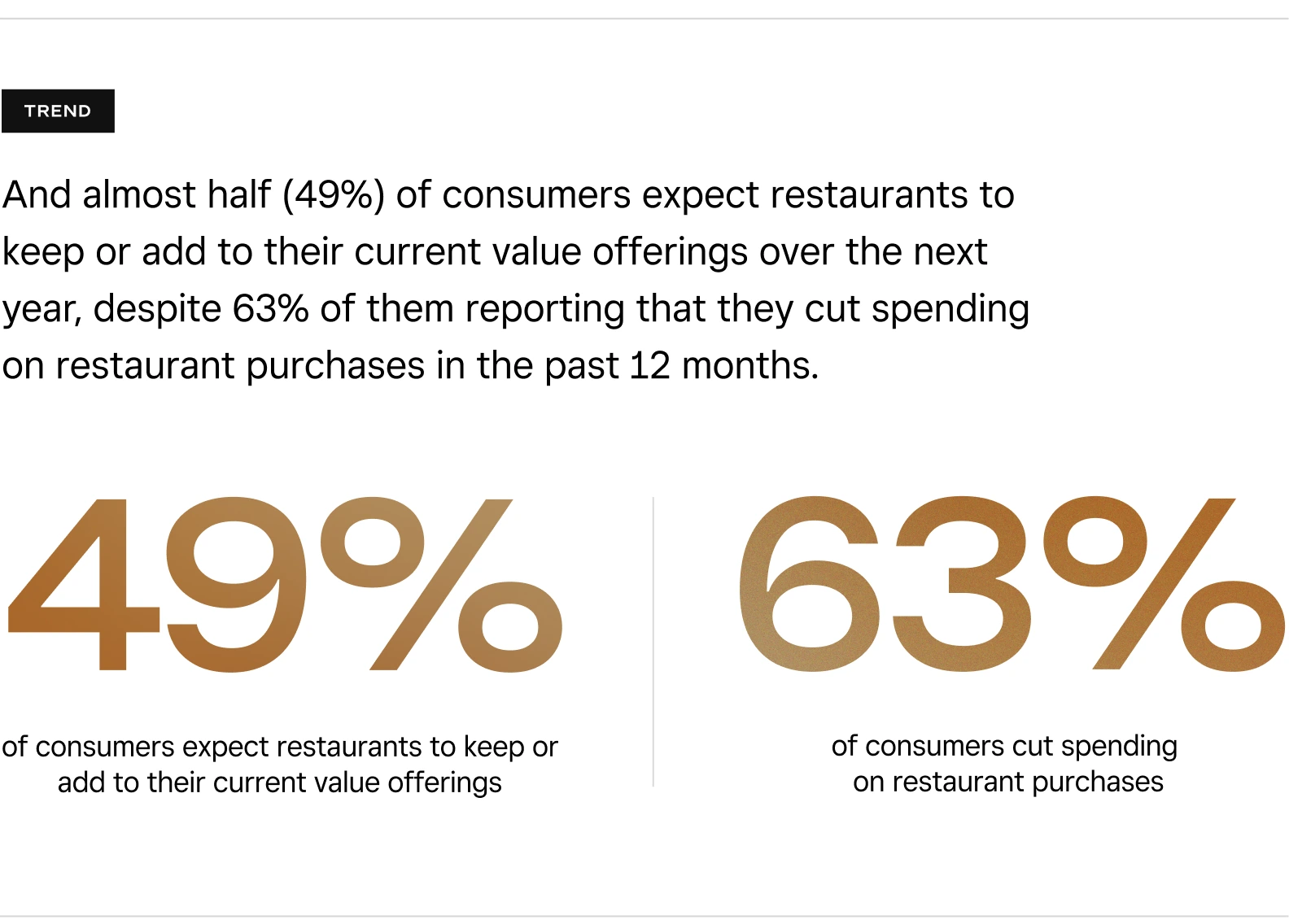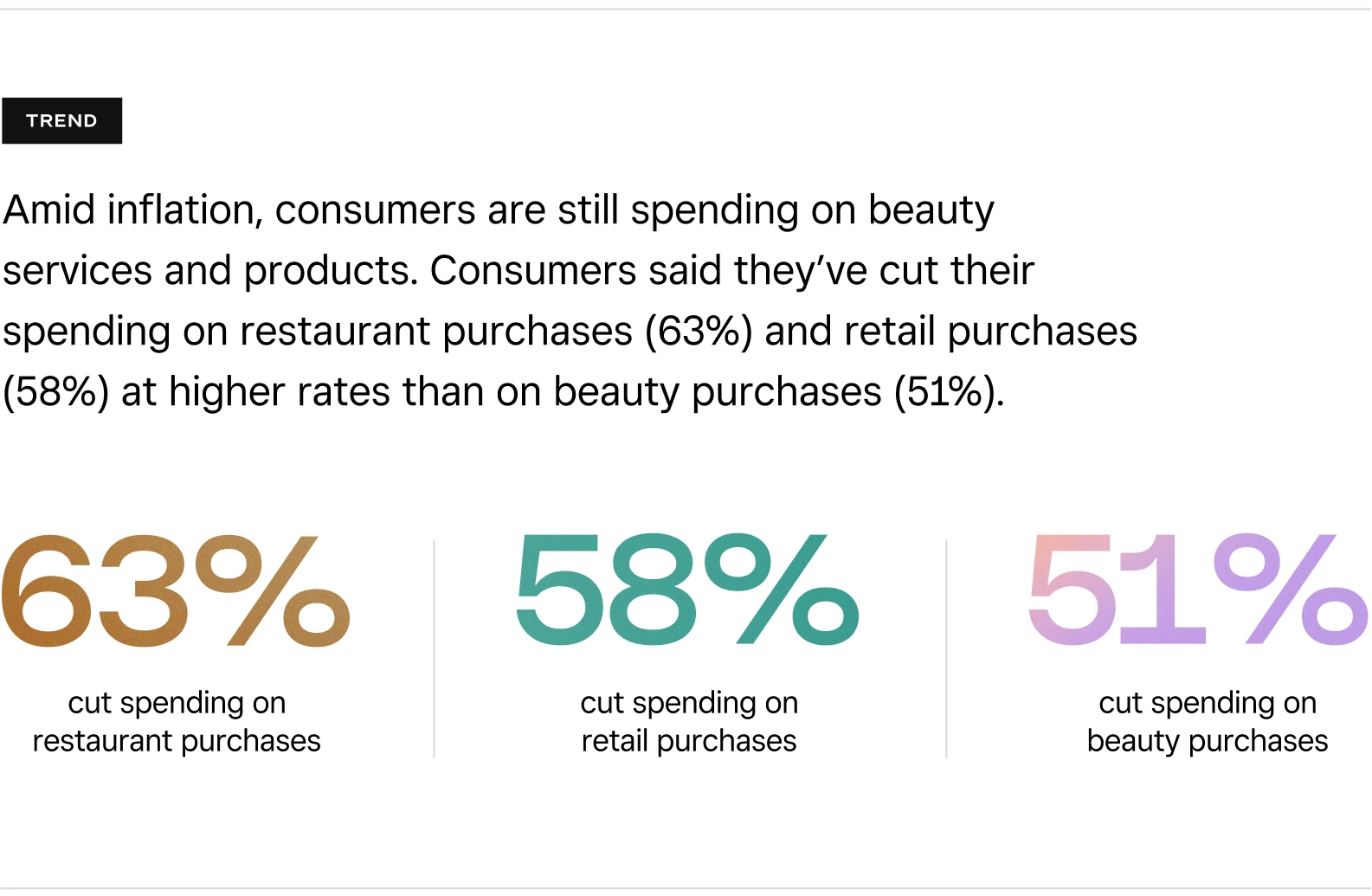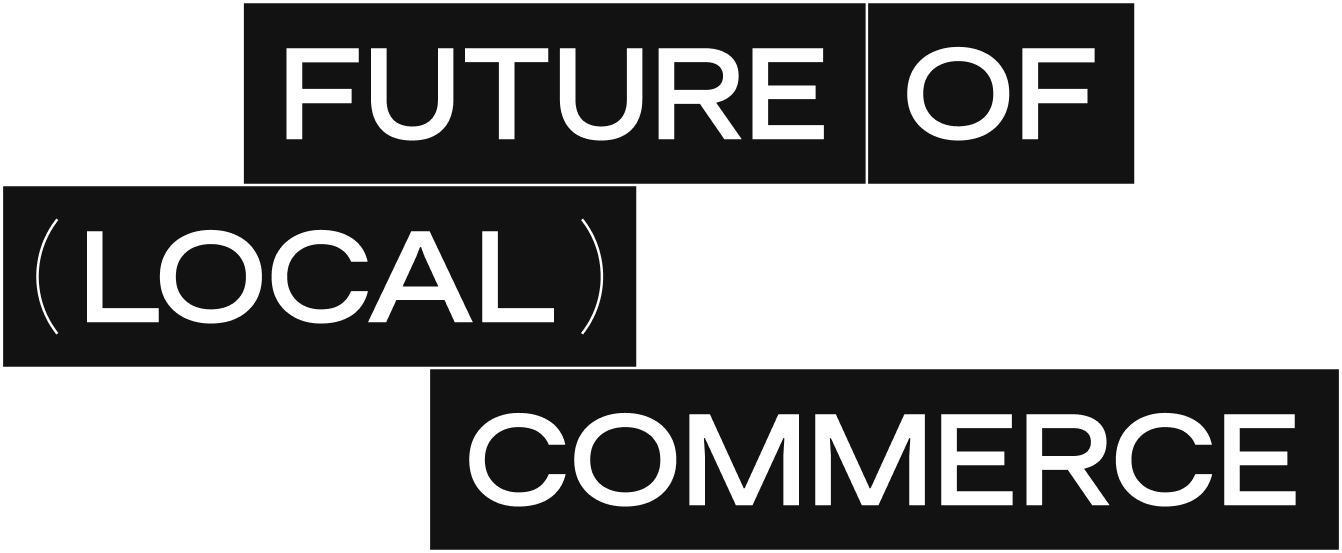Table of contents
Business leaders around the world have made their voices clear – even in the toughest times, opportunities for growth and connection still exist.
Over the last year, consumers have tightened their wallets while leaders across every industry we surveyed say operational tasks are taking more time. But that hasn’t stopped them from trying to make their businesses better for the communities they serve. Retail, restaurant and beauty leaders also say they’re introducing new offerings, incorporating time-saving technology and focusing on improving customer experience, all with an eye towards both brick-and-mortar and digital growth in 2025.
Customers echo the value of human connection from businesses in their communities. The majority of consumers (83%) said engaging with knowledgeable staff means more to them than any type of technology, and consumers across the globe want to remain loyal to their local businesses, with 78% reporting they would use a loyalty programme.
We’ve compiled one-of-a-kind consumer and business insights from the restaurant, beauty and retail industries in our 2025 reports. Here you’ll learn what consumers are thinking, access insights from leaders in your industry and get pointers to help you plan for the year ahead.
Why restaurant leaders are focused on adding value
Restaurant leaders tell us they’re caught in a tug-of-war. They’re trying to strike a balance between consumers’ lowered spending and their higher-than-ever expectations. To combat this, restaurants are adding value offerings – like loyalty programmes, specific value items, retail and service offerings, and more – with a goal of keeping local customers coming back.

Download the Future of Restaurants report for the full insights and how to apply them to your business.
How beauty business can continue to expand
More than any other industry, beauty leaders tell us they’re feeling optimistic, and the majority (80%) have plans to expand the number of retail items or services offered over the next year. Even amid higher prices, consumers continued spending on beauty services: 46% of consumers purchased retail items, like shampoos or cleansers, from a local beauty business in the last year.

Download the Future of Beauty report for the full insights and how to apply them to your business.
Ways retailers can keep evolving the in-store experience
Reports of physical retail’s death have been greatly exaggerated. Want proof? In-store shopping has recovered post-pandemic, and consumers are showing an interest in moving seamlessly between the worlds of digital and brick-and-mortar shopping. The vast majority of retailers (78%) tell us they’re seeing in-store experiences as important for the future success of their stores. Retail leaders are poised to experiment in order to stand out within their communities, from creating a seamless buying experience to introducing new offerings that elevate the customer experience.

Download the Future of Retail report for the full insights and how to apply them to your business.
![]()











